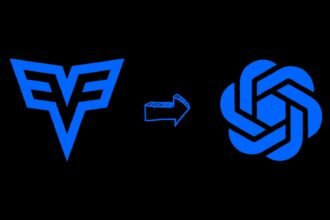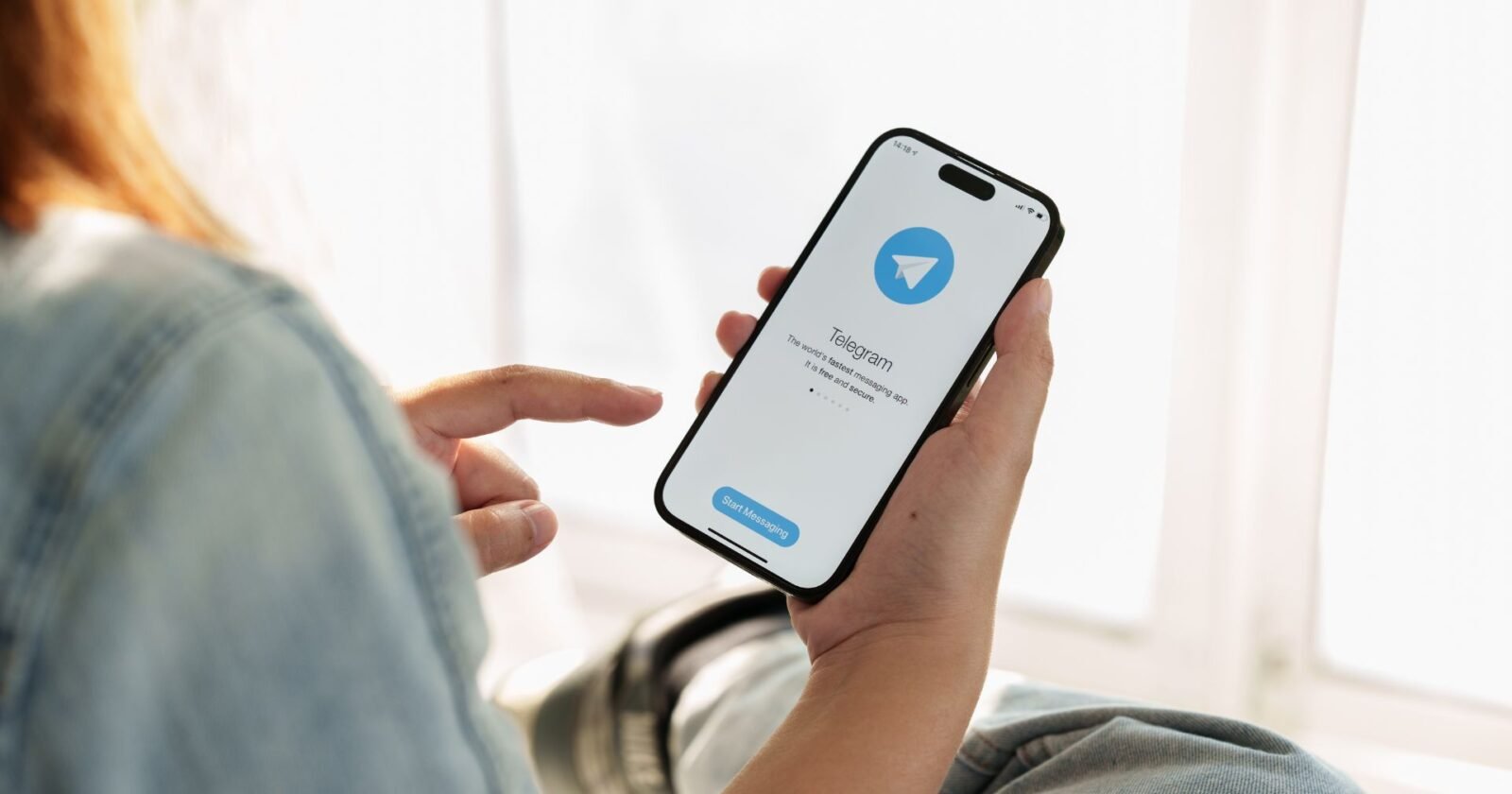Ever thought about how to navigate Telegram bots smoothly and enjoyably? This blog dives into that! Menus in Telegram bots act like your personal guide, leading you through the bot’s features effortlessly.
Without menus, interacting with bots can be tricky, like wandering in a new city without a map. Menus neatly organize a bot’s functions, saving you from memorizing numerous commands or navigating through complex options.
They’re not just about simplicity; they create a welcoming atmosphere where you feel at ease and enjoy chatting with the bot. We’ll walk you through creating your menu in a Telegram bot, covering everything from the basics to testing and upkeep. Plus, we’ll look at various menu types and how they can enhance everyone’s bot-using experience.
Why Is a Menu Important in a Telegram Bot
Menus are vital in Telegram bots, acting as the bridge between you and the bot’s capabilities. A thoughtfully designed menu makes the user’s journey smooth and engaging.
Without a menu, users might feel swamped by text commands or lost amid the bot’s features, particularly if it has several functions or intricate interactions. Menus help in organizing command choices and navigating the bot’s services, offering a user-friendly experience. They also structure the conversation flow, minimizing errors and misunderstandings.
In essence, a menu is your guide, leading you through available options and assisting you in achieving your objectives efficiently. It’s more than just user-friendliness; it’s about fostering an interactive space where users feel comfortable and in command of their bot interactions.
How to Make a Menu on Telegram
By following below steps, you can make a Menu on Telegram by your self.

1. Understanding Telegram Bots and Menus
Before diving in, it’s crucial to grasp the essence of Telegram bots and the role of menus within them.
- Telegram bots are automated accounts, responding to messages autonomously.
- Menus in these bots offer an interactive touchpoint, guiding users through options and commands seamlessly.
2. Setting Up Your Bot
To kick things off, you need to create your bot on Telegram. Engage with the BotFather (@BotFather) on Telegram to get started. Follow its prompts to craft your new bot and secure your token, your key to the Telegram Bot API.
- Pick a Development Environment: Choose where you’ll craft your bot’s code. Many opt for Python, using the python-telegram-bot library for its straightforward approach.
3. Writing the Bot Code
If Python is your choice, get the python-telegram-bot library installed using pip: pip install python-telegram-bot.
- Initial Bot Setup: Craft a basic bot with the token from BotFather. Ensure it can read messages and recognize commands.
- Menus can take the form of custom keyboards or inline keyboards:
- Custom Keyboard: This transforms the user’s keyboard to display specific options. Ideal for simple menus.
- Inline Keyboard: This presents buttons within the message view, fitting for more detailed interactions.
4. Creating the Menu
- Plan Your Menu Layout: Sketch out your menu’s options and their arrangement.
- Craft the Menu: Employ ReplyKeyboardMarkup (for custom keyboards) or InlineKeyboardMarkup (for inline keyboards) to build your menu. This involves setting up the buttons and defining the callbacks for each button press.
- Handle Callbacks: Develop functions to manage the actions when a user picks a menu option.
5. Testing Your Bot
Run your bot script and test the interactions on Telegram, ensuring the menu operates smoothly.
- Encounter problems? It’s time to debug. Refine your bot’s performance and menu interactions drawing from feedback and tests.
6. Deploying Your Bot
Satisfied with your bot? Deploy it to a server or cloud service for continuous operation.
7. Maintaining and Updating Your Bot
Periodically check your bot for glitches and spruce it up with new features or enhancements as needed.
Remember, every bot and menu is distinct, so your implementation may vary based on specific requirements and objectives. Also, ensure your bot aligns with Telegram’s guidelines and respects user privacy.
What Types of Menus Can Be Created in Telegram Bots?
In Telegram bots, you mainly encounter two menu varieties: custom keyboards and inline keyboards. Custom keyboards swap out the user’s usual keyboard for a range of preset options, fitting for straightforward interactions where the bot needs standard user responses.
For instance, a restaurant bot might present options like “Menu,” “Hours,” and “Location” on a custom keyboard. Inline keyboards, in contrast, integrate buttons directly within the message interface, supporting diverse interactions including callbacks, URL links, and switch to inline queries.
Inline keyboards are a match for intricate bots, accommodating more than simple text responses. A shopping bot, for example, might leverage inline buttons for product category browsing or purchase confirmations.
The choice between custom and inline keyboards hinges on your bot’s purpose and the complexity of interactions it aims to support.
How Can a Menu Improve User Interaction in Telegram Bots?
Integrating a menu into a Telegram bot significantly boosts user interaction by ensuring clarity, efficiency, and an enhanced user experience.
Menus direct users through the bot’s functions, aiding them in finding their desired features. This is especially crucial for bots with diverse features or intricate functionalities. By presenting choices in a structured and orderly way, menus decrease the cognitive burden on users, rendering the bot more approachable and user-centric.
They also lessen the likelihood of incorrect inputs, as users can choose from predefined options rather than manually typing commands. This not only quickens interaction but also alleviates frustration stemming from errors or miscommunications.
Moreover, menus can be dynamic and interactive, adding a lively element to the conversation. They can adapt to the user’s past interactions, providing personalized options and elevating the overall experience. By enhancing clarity and usability, menus ultimately lead to increased user satisfaction and engagement with the bot.
FAQs: Make a Menu on Telegram
-
What types of menus can be created in Telegram bots?
There are two main types of menus: custom keyboards and inline keyboards, each suited for different bot interactions.
-
How do menus improve user interaction in Telegram bots?
Menus enhance user interaction by providing clarity, efficiency, and a user-friendly experience, reducing cognitive burden and errors.
-
What benefits do menus bring to Telegram bot creators and users?
Menus make bot interactions smoother, more intuitive, and engaging, resulting in increased user satisfaction and engagement.
Conclusion
Incorporating menus into Telegram bots marks a significant advancement for both bot creators and users. With straightforward, sequential instructions, anyone can craft an impactful menu, turning a basic bot into an intuitive and engaging interface.
The versatility offered by custom keyboards for straightforward tasks and inline keyboards for more intricate interactions caters to diverse requirements. The real highlight is the positive shift in user experience these menus bring.
They transform potentially convoluted and error-prone interactions into smooth, delightful conversations. By guiding users through options and minimizing the chances of mistakes, menus not only simplify bot usage but also make it more attractive.
Whether for a small personal project or a broader application, integrating well-organized menus into Telegram bots can significantly enrich interaction, making technology more approachable and enjoyable for everyone.









